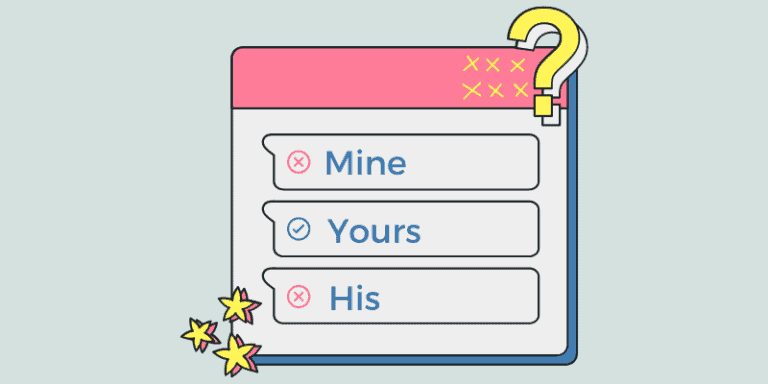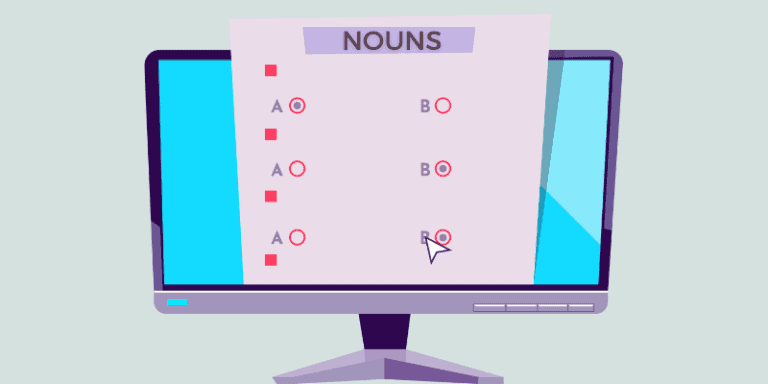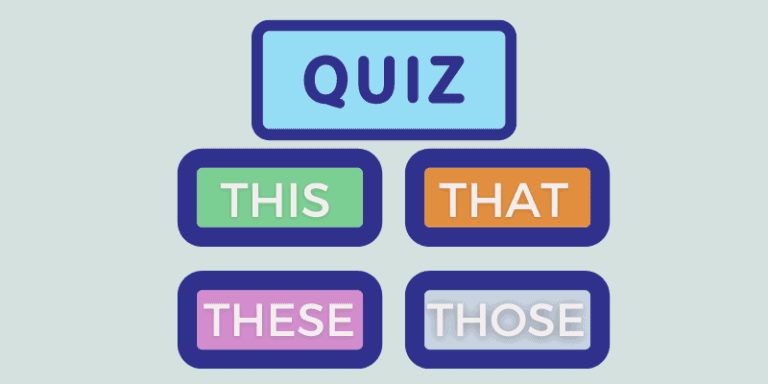Could Have, Should Have & Would Have Exercises
When we express regret, we often use the phrases could have, should have, or would have in our sentences to explain how things might have been different if something other than what happened had occurred. These terms are fairly straightforward in their definition and use, but for English language learners, …









